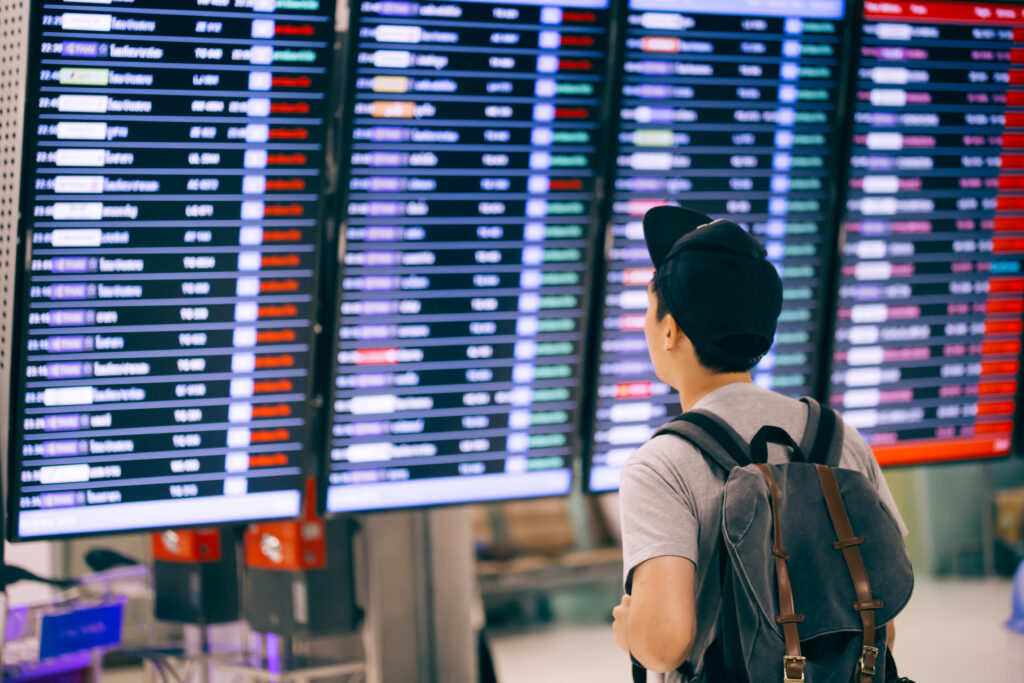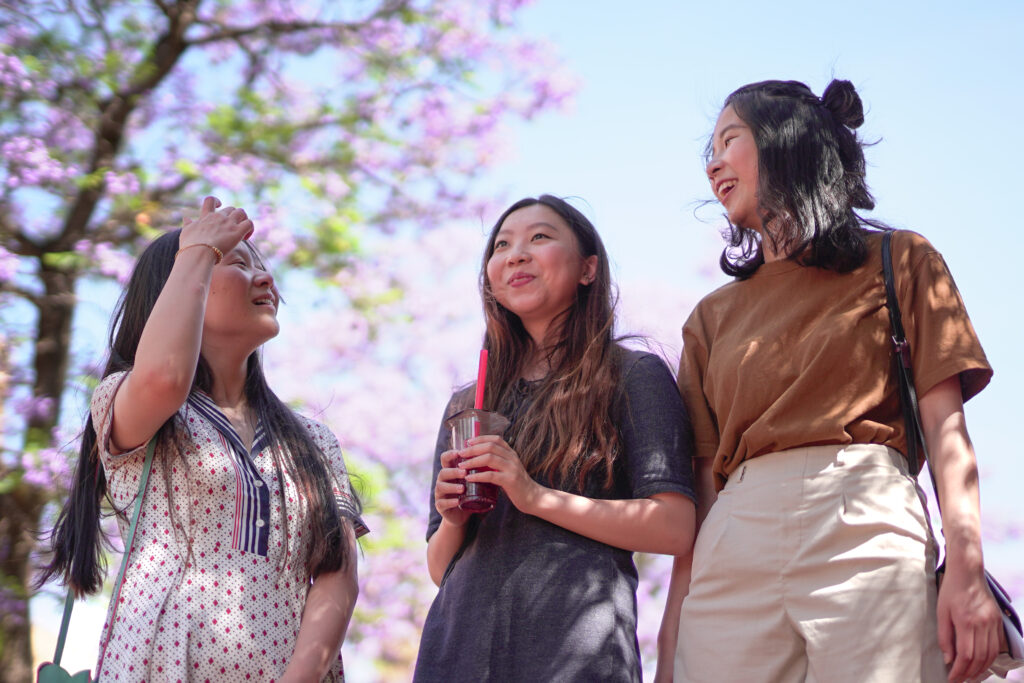In a major announcement, the Albanese Government has set the cap for new international student enrolments at 270,000 for the year 2025.
This decision is part of an effort to align student numbers with available resources, aiming to sustain the quality of education provided to students from around the world.
University and VET sector allocations
The cap, divided between higher education and vocational education and training (VET) sectors, aims to bring new international student commencements back to levels seen before the pandemic.
This cap is split between universities and vocational education and training (VET) sectors, helping to balance growth and keep the education sector strong for the long term.
For university students, about 145,000 spots will be open in publicly funded universities in 2025, similar to the enrolment numbers from 2023. Each university will receive a plan, known as an International Student Profile (ISP), which sets limits on how many new students they can enrol based on recent trends and how many international students they already have.
Starting in 2026, the government also wants to encourage universities to build more student housing to benefit both local and international students. This will help support the growth of universities in a way that benefits everyone.
In the VET sector, the government has allocated approximately 95,000 new commencements for international students. Institutions with a higher proportion of international students will receive a smaller share, encouraging them to diversify their student bodies.
For private institutions, the limit for new students in 2025 is about 30,000.
Some groups of students will not be included in this cap:
- School students
- Students pursuing advanced research degrees, those enrolled in standalone English language courses, and students not aiming for a specific degree
- Students sponsored by the Australian Government
- Students involved in education programs that span across countries or specific partnership programs
- Students who have scholarships from certain foreign governments
- Students from the Pacific islands and Timor-Leste
Caps to replace Ministerial Direction 107
Education Minister Jason Clare announced that new enrolment caps will replace Ministerial Direction 107, a policy criticised for giving unfair advantages to certain educational institutions. This directive had previously influenced visa application processes by favouring students based on the type of course and the reputation of their chosen institutions, leading to faster visa approvals for some.
“A lot of universities have come to me over the course of this year and said the impact of that is hurting our universities,” Clare told the Australian Financial Review Higher Education Summit. “This [implementation of caps] is designed to replace that. It is a better mechanism.”
The new caps aim to fairly distribute international student admissions across all educational sectors, removing any bias towards more prestigious institutions. By making the visa application requirements the same for everyone, international students will experience a fairer and simpler process, no matter where they choose to study.





